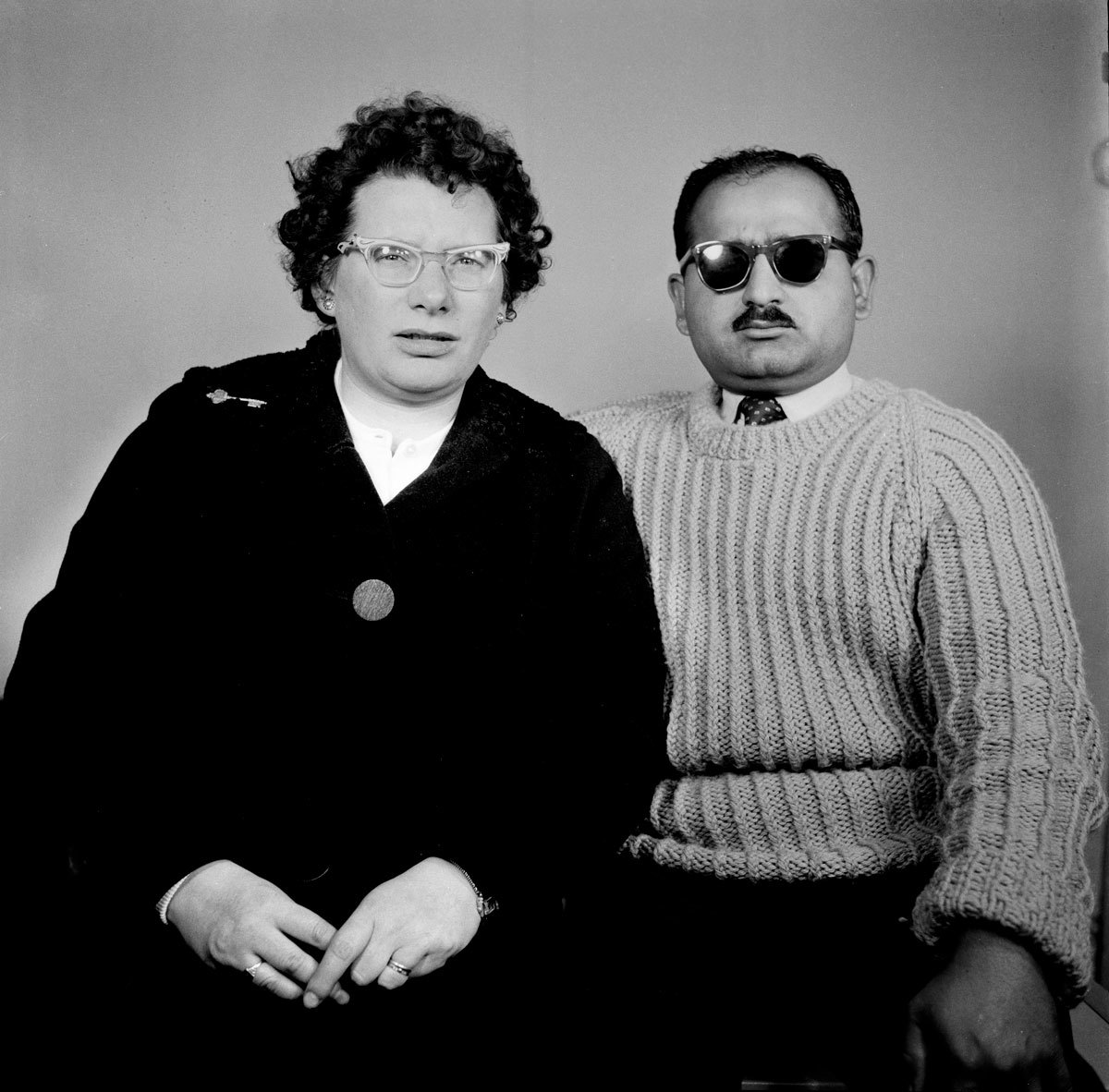Maganbhai Patel arrived in Coventry from India in 1951, armed with a Box Brownie camera. Over the next 65 years he documented the city’s Indian immigrant community. Remarkably his images were undiscovered and unknown until last year, when his daughter showed them to a local photography group. And now, at 94, this chronicler of Indian life in England is finally getting his first exhibition of work. 70 of his images, selected and curated by his daughter, are going on display in Coventry’s Box Gallery, as part of the city’s bid to become a European Capital of Culture in 2021.
“There was no Indian photographer before me, I was the first,” Patel told the Guardian. “People come to me, and I make them happy. Making people relaxed and showing another side of themselves is what made photography enjoyable. I was at my happiest taking people’s photographs.” His reputation as an amateur photographer spread amongst the immigrant community, and eventually he started getting booked to shoot weddings, portraits, special occasions, and community events. He documented his own family, and his friends’ families. Then, Patel quit his menial job and opened a photography studio in the city which catered directly to Coventry’s Indian immigrants; he lived with his family above the shop. Eventually, due to his work as a schoolteacher in India, he earned the nickname Masterji — the Hindi word for “teacher.”

The images he captured over the years reveal him as a kind of Anglo-Indian Malick Sidibe. His studio portraits share a similar form, style, and attitude in the way they capture a self-confidence, present an idealized self-image, and dance lightly over questions of identity. It’s all there, all those big questions and themes — identity, the immigrant experience, the pull of home, the deepness of family — but it never obscures the heart of a great portrait or the personality of the sitter. The magic and mystery of the photos lies there. It would be wrong to describe something so classically beautiful as a form of outsider art, but the images form an irresistible and enticing document of a how an “outsider” community has seen and recorded itself over time.
There’s a push and pull between east and west, of course. There’s a clash in the images between the traditional Indian dress Masterji captured at formal occasions like weddings, and the portraits of youth dressed up in western jeans and sweaters. There’s images of newly arrived immigrants dressed in suits and ties, and snapshots of Masterji’s family life.
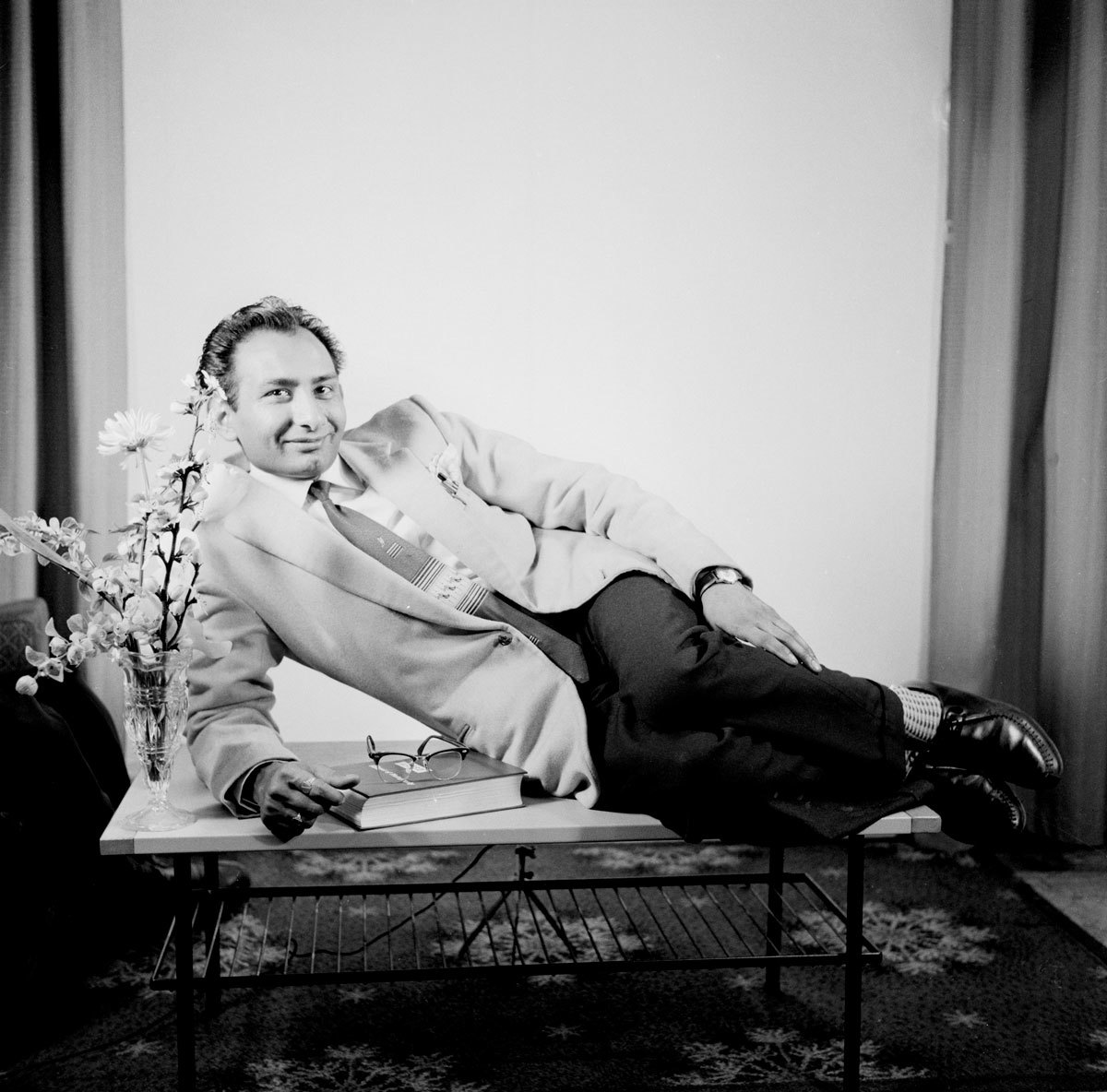
One of the most amusing and enigmatic images shows Khan, a bus conductor, with his wife. Khan is wearing a pair of Roy Orbison-esque dark shades, and a look of impassive coolness. It’s an irresistible image. Or a portrait of Gordanbhai Bhakhai, a friend of Masterji’s, who he captured lying across a table, a cheeky glint in his eye, a vase of flowers next to him. It’s Masterji’s playful eye for capturing the personality of his sitters that makes his images so captivating.
But, beyond the pure aesthetic value of the images, we must consider what they mean as a document of a community in time. It’s amazing this body of work has only just come to light, although we should be thankful it has. Its significance and historical importance will soon find its rightful place.

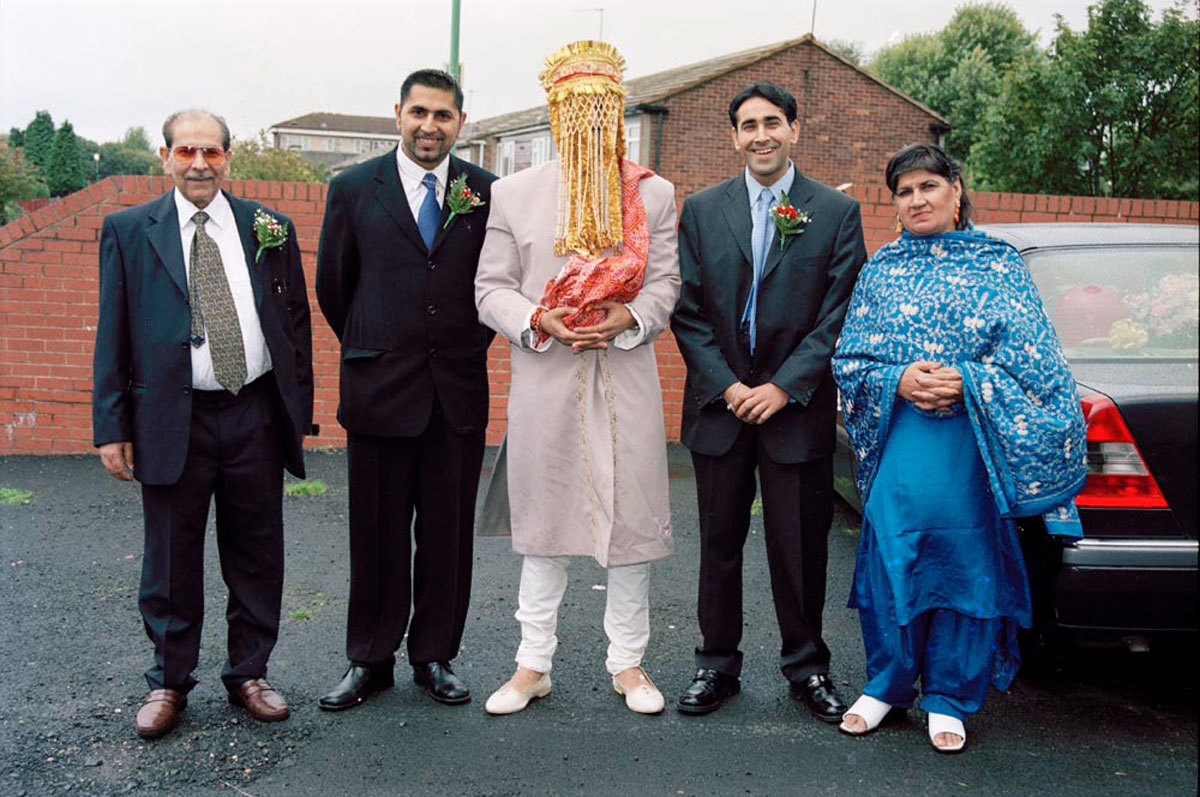
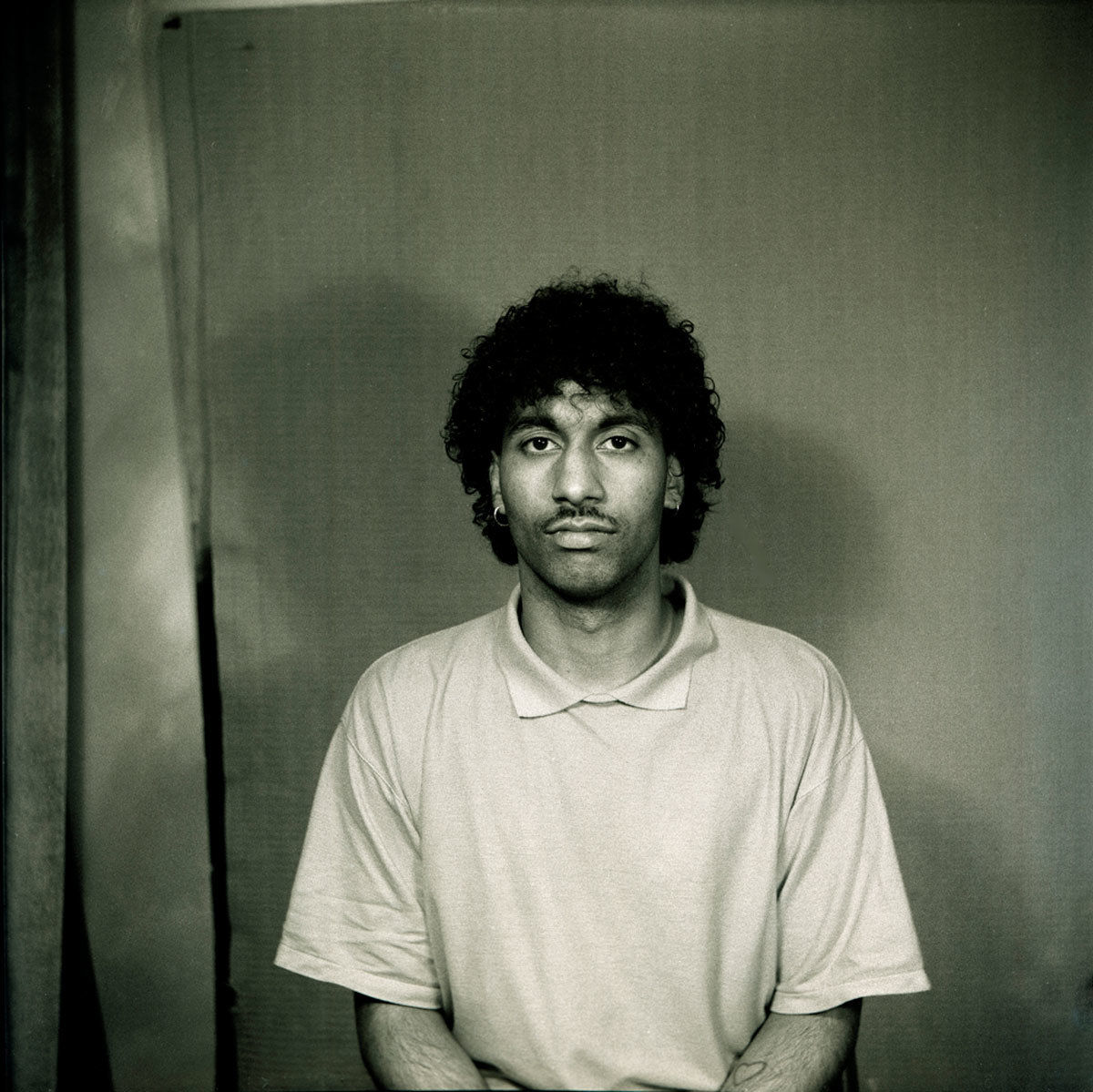
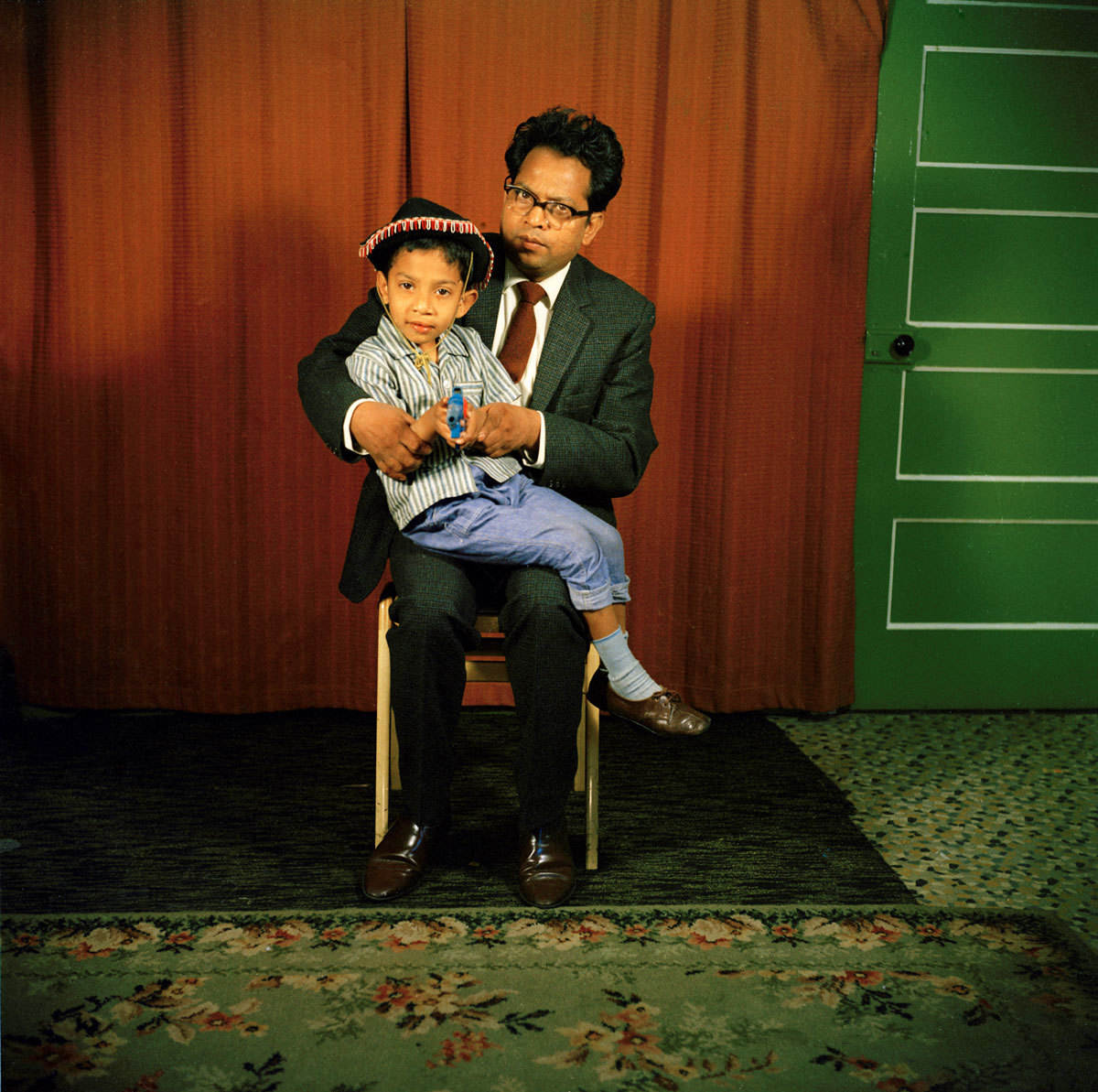

Credits
Text Felix Petty
Photography courtesy Masterji
